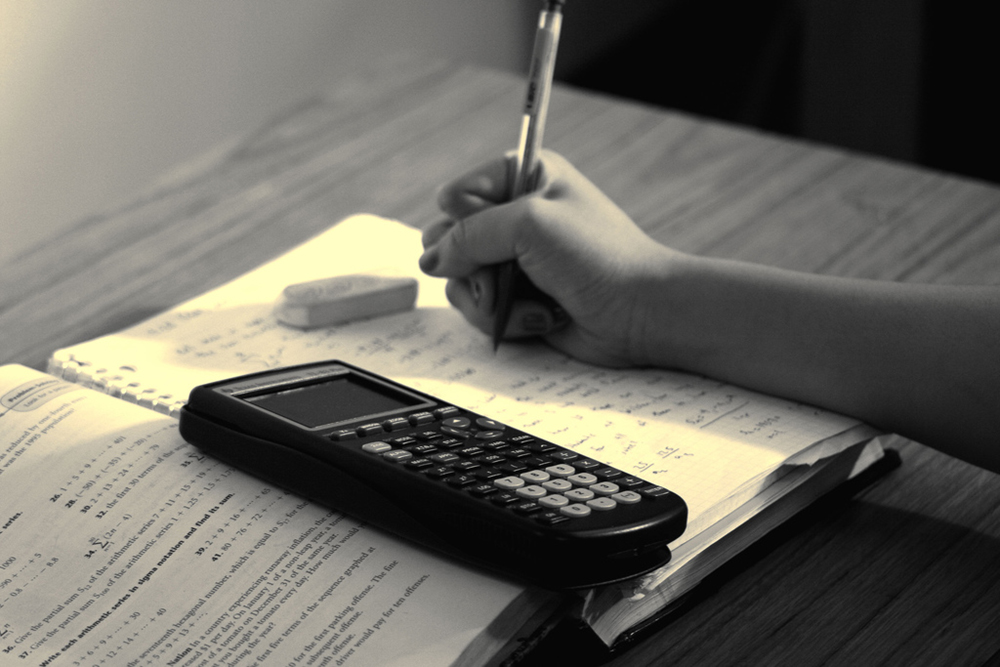Kinematics
13 Problem-Solving Basics for One-Dimensional Kinematics
Learning Objectives
-
Apply problem-solving steps and strategies to solve problems of one-dimensional kinematics.
-
Apply strategies to determine whether or not the result of a problem is reasonable, and if not, determine the cause.

Problem-solving is central to success in physics and, more broadly, in any science-based field. Rather than memorizing facts, learning to apply general principles to diverse situations equips you with adaptable, powerful knowledge. Physics relies on developing analytical strategies that are transferable to unfamiliar challenges—whether in your future studies or daily life.
Problem-Solving Steps
While no single method works for every problem, the following six-step strategy is widely applicable and encourages structured thinking:
Step 1: Examine the Situation
Determine which physical principles apply. Drawing a diagram or sketch helps conceptualize the problem and can guide your choice of coordinate system. Once the principles are identified, relevant equations can be chosen.
Step 2: Identify the Knowns
Make a list of all given information or what can be inferred. Phrases like “starts from rest” or “comes to a stop” indicate zero initial or final velocity, respectively. Often, initial time and position can be set to zero.
Step 3: Identify the Unknowns
Clearly state what needs to be found. In more complex problems, listing all unknowns and solving them sequentially may be necessary.
Step 4: Choose the Appropriate Equation(s)
Select equations that relate knowns to unknowns. Prefer equations with only one unknown. If an equation includes multiple unknowns, identify additional equations that can help.
Step 5: Solve and Include Units
Substitute the knowns into the equation, keeping units throughout the calculation. The result should have appropriate units and significant figures.
Step 6: Check for Reasonableness
Examine the magnitude, units, and sign of the result. Does the answer make physical sense? This step often reveals conceptual understanding.
These steps can be performed in different orders or simultaneously. With experience, they become more intuitive. To practice, work through the examples and attempt as many problems as possible, starting from simpler ones.
Unreasonable Results
Physics describes nature. Sometimes, solving a problem yields a result that is mathematically correct but physically unreasonable. This happens when a premise is flawed or inconsistent.
For example, suppose a runner accelerates at:
[latex]a = 0.40~\text{m/s}^2[/latex]
for 100 seconds. Then:
[latex]v = v_0 + at = 0 + (0.40~\text{m/s}^2)(100~\text{s}) = 40~\text{m/s}[/latex]
Convert to miles per hour:
[latex]\left(\frac{40~\text{m}}{\text{s}}\right) \left(\frac{3.28~\text{ft}}{1~\text{m}}\right) \left(\frac{1~\text{mi}}{5280~\text{ft}}\right) \left(\frac{60~\text{s}}{1~\text{min}}\right) \left(\frac{60~\text{min}}{1~\text{hr}}\right) = 89~\text{mph}[/latex]
This speed is unrealistic for a human. Hence, one or more assumptions are flawed.
Strategies for Evaluating Reasonableness
Step 1: Solve Normally
Use standard steps and equations, such as:
[latex]v = v_0 + at[/latex]
Step 2: Assess the Answer
Ask whether the value is too large or small, has incorrect units or an incorrect sign. Convert to familiar units when needed.
Step 3: Identify the Issue
Determine whether unreasonable assumptions were made. In the running example, a 100-second acceleration at 0.40 m/s² is unlikely. The error lies in assuming such a long duration of steady acceleration.
Section Summary
The six basic problem-solving steps in physics are:
- Examine the situation to determine the physical principles involved.
- Identify what is known (the givens).
- Identify what needs to be found (the unknowns).
- Choose relevant equations.
- Substitute knowns and solve with correct units.
- Check whether the answer makes sense.
When results appear unreasonable, analyze each assumption and re-evaluate to find possible errors in reasoning or unrealistic premises.
Conceptual Questions
- What information do you need in order to choose which equation or equations to use to solve a problem? Explain.
- What is the last thing you should do when solving a problem? Explain.

